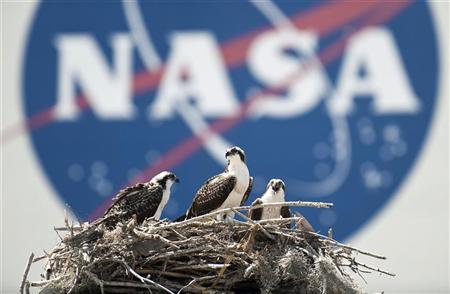(Reuters) – NASA is so sure there will be a December 22, 2012, it has already posted a YouTube video titled “Why the World Didn’t End Yesterday.”

Scientists say rumors on social media and the Internet of Earth’s premature demise have been prompted by a misunderstanding of the ancient Maya calendar, which runs through December 21, 2012.
“It’s just the end of the cycle and the beginning of the new one. It’s just like on December 31, our calendar comes to an end, but a new calendar for the next year begins on January 1,” Don Yeomans, head of NASA’s Near-Earth Object program at the Jet Propulsion Laboratory in Pasadena, Calif., said in a separate YouTube video.
According to the story circulating on the Internet, an enormous rogue planet called Niburu is on a collision course with Earth.
“If it were, we would have seen it long ago and it if were invisible somehow, we would have seen its effects on the neighboring planets. Thousands of astronomers who scan the night skies on a daily basis have not seen this,” Yeomans said.
Still, thousands of mystics and New Age dreamers have descended on ancient Maya temples across Mexico and Central America hoping to witness the birth of a new era when the day dubbed “end of the world” dawns on Friday.
So is NASA covering up to prevent panic?
“Can you imagine thousands of astronomers keeping the same secret from the public for several years?” Yeomans said.
Initially, Niburu, also known as Planet X, was to impact in May 2003, but when that didn’t happen the doomsday date was moved to coincide with the end of one of the cycles of the ancient calendar at winter solstice — December 21, 2012.
Other celestial events that will not be happening: a planetary alignment causing a massive tidal surge or a total blackout of Earth; a reversal in Earth’s rotation; an impact by a giant asteroid; a giant solar storm.
“Since the beginning of recorded time, there have been literally hundreds of thousands of predictions for the end of the world,” Yeomans said. “We’re still here.”
(Editing by Kevin Gray and M.D. Golan)





